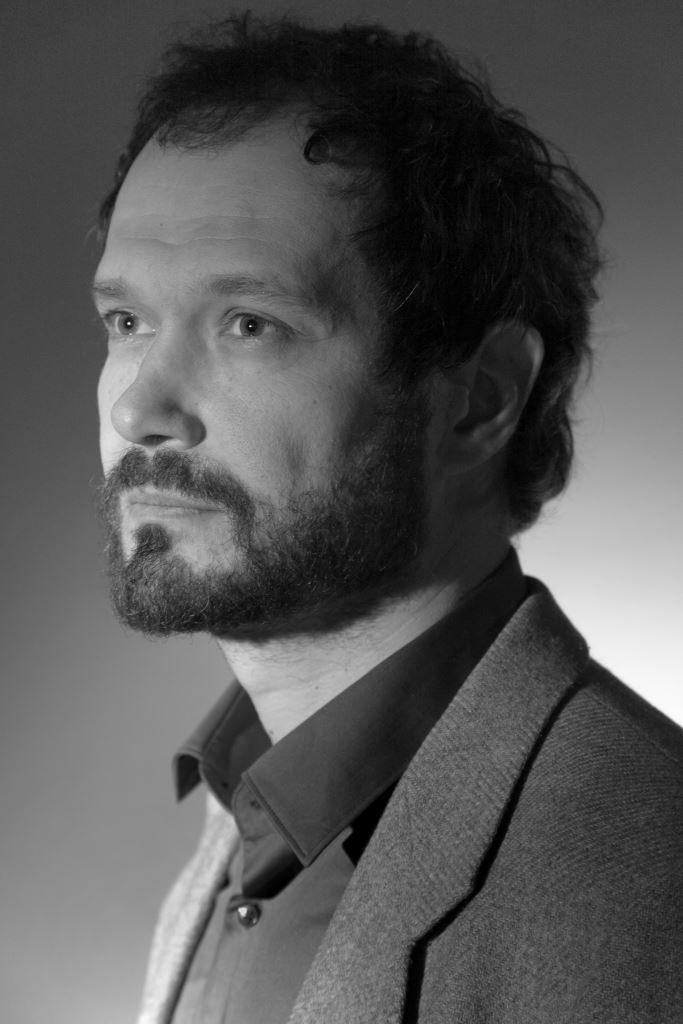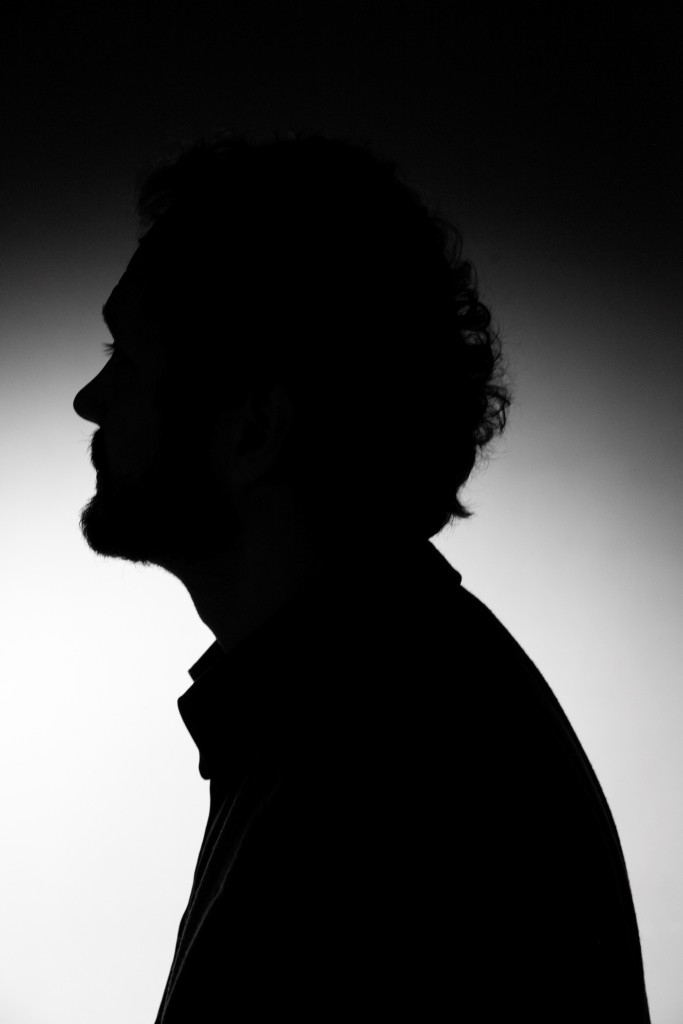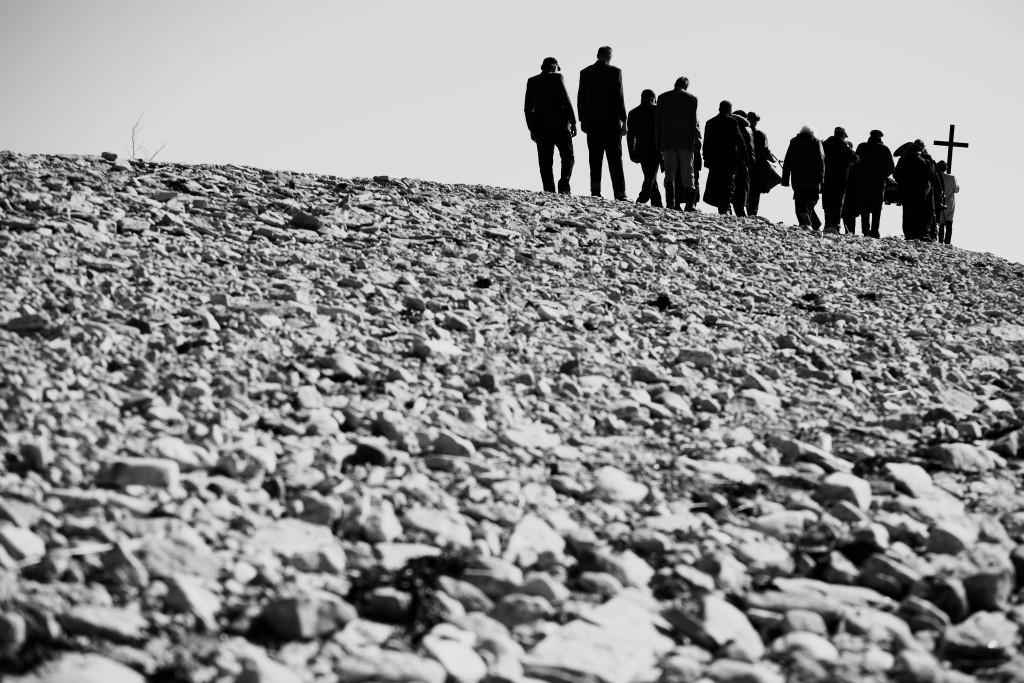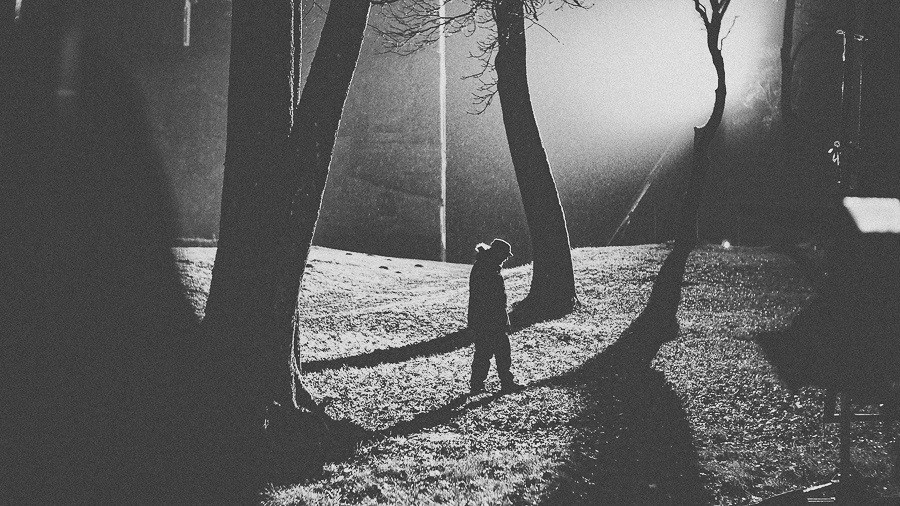Coming fresh from the Tribeca Film Festival with the best cinematographer award for his amazing work on Rainer Sarnet’s November, Mart Taniel is one of the most outstanding cameramen of his generation. In this rare interview to the photographer and video artist, Mark Raidpere, he claims to be perpetually tempted by taking chances and keeping everything loose and open until the last minute.
Abridged from an interview for the Sirp newspaper.
You have formed a successful creative tandem with Rainer Sarnet, as well as Veiko Õunpuu. You were shooting Veiko’s Empty (2006), Autumn Ball (2007), The Temptation of St. Tony (2009) and Free Range (2013), and Sarnet’s The Idiot (2011) and November (2017). How come you work so well together?
I think it deserves to be clarified. Neither Õunpuu nor Sarnet are necessarily film people. They have both done theatre as well. A film person could be described as someone who has guaranteed work and income in the industry. They use their acquired profession to earn their keep in that subject field. It is his wish, as well as the industry’s, for the things to be so. A right person having the right occupation – nigh impossible in Estonia. Being a filmmaker in Estonia means insecurity, the lack of social welfare etc. You have to be a self-sacrificing zealot to do it.
Regardless of that, it is customary for some people to pretend that we have an industry here, comparable to the Hollywood model. And that we are all filmmakers, attending to the film business. Rainer and Veiko happen to be guys who are driven by the need to tell something: film as a format comes second. Bluntly put: I like auteur cinema. Author first, then cinema.
 I’m sure that a film can exist purely as such, a product. Rainer and Veiko have managed to steer clear of the whole film industry charade (given the term is justified in Estonia in the first place). I must have made the right choice somewhere down the line, or a lucky one, having crossed paths with them. They’ve enabled me to do unique and personal things and offered me intriguing, exciting projects, without me having to give too much thought to film in general.
I’m sure that a film can exist purely as such, a product. Rainer and Veiko have managed to steer clear of the whole film industry charade (given the term is justified in Estonia in the first place). I must have made the right choice somewhere down the line, or a lucky one, having crossed paths with them. They’ve enabled me to do unique and personal things and offered me intriguing, exciting projects, without me having to give too much thought to film in general.
Actually, things get really rolling around the third movie together. The first is for getting to know each other. This kind of tuning, powered by the urge to understand and define how to visualise thoughts and discussed ideas, is exciting and is there to last. I’ve had quite a bit in common with the directors I’ve worked with. It’s a big deal to have stuff to talk about outside film. Rainer is like an ark – you can never guess what’s inside. Rainer can do the whole range between a lyrical romantic and a disgusting jerk. He’s choosing blacks and whites over shades of grey. This is the essence of his passion, easily transferred to me during shooting November.
I’m also in awe of [the painter, video artist and filmmaker] Jaan Toomik, with whom I have worked as well. I don’t want to play this up too much, but the basis of all styles and approaches is just that – being in awe of something.
November contains many shots that will most likely become iconic in Estonian cinema.
Like what? I’m intrigued. What stuck in your mind?
The flying cow, the wolf on snow, the sleepwalking baroness on a rooftop at night, the emergence of the dead in the woods…
I’m not saying this out of modesty, but these things happen because they’re allowed to happen. It is Rainer first who has to be thanked for memorable shots – who has visualised that world as a director, and given me a chance to describe it and be swept away by it. The impulse was his, I just came up with the realisation in good faith that it fits his vision. You can also discuss and agree on things up to a certain point. Rainer gave me more or less free rein.

By the way, initially the media seemed to concentrate on content in feedback to November, and it gives me great comfort. It’s the worst possible thing that can happen: to have people talking about “good cinematography” when the film sucks. It doesn’t seem to be the case with November, at least judging by the first reaction.
Camerawork is very much dependent on how the director fine-tunes the cinematographer. I, too, am just an instrument in his hands. I’ve done it for a decade already and acquired an ability to observe and note constantly. But I am mainly looking from places outside film, I’m not much of a film viewer. I notice something visually interesting all the time, and it might give me a momentary aesthetic enlightenment, but doesn’t really fit anywhere as a puzzle piece. Then, sometime later, the time will be right and I will see the context for it to be fit in. Then the images need to be transferred and finally reincarnated.
The shooting period of November is rumoured to have been extraordinarily lengthy. Was it?
60 days and actually ten years. It started with the first steps in another production company, but that thing didn’t work out in the end. I saw the buzz from the sidelines and back then I was not the first choice for the DOP by far. I’m truly happy now that I was able to participate, as I remember thinking about it a lot. Besides, Rainer is a guy who I love making movies with.
Please tell about making November from a personal point of view.
A film is born from a homogenous crew. A unit where everyone knows their tasks and is willing to perform them. I am a bit of a romantic pragmatic. I’m too lazy to come up with a grand concept before the actual shoot. I feel I have ample time then, to react to all of the factors, input and details I’ve accumulated, from the story to the discussions I’ve had with the director.
 Location is of prime importance: I always want it to be the real space. In time, we have selected people who share each other’s and our understanding of things. Entering a room, a space, I obtain a sort of sense of things. I cannot really explain what my decisions are based on, and how I decide where to look and what to keep in mind. My style is somewhat romantic, and even classical in its approach to frame. I want it to have depth and attraction. I am not interested in pure concept.
Location is of prime importance: I always want it to be the real space. In time, we have selected people who share each other’s and our understanding of things. Entering a room, a space, I obtain a sort of sense of things. I cannot really explain what my decisions are based on, and how I decide where to look and what to keep in mind. My style is somewhat romantic, and even classical in its approach to frame. I want it to have depth and attraction. I am not interested in pure concept.
Filmmaking as a process should be a fun game. One important aspect is that I lose all anxiety and have complete conviction, once I’ve recognised the moment I can trust myself. I can overthrow everything we’ve agreed on up to this point. In case the initial plan doesn’t seem to work on the set, we can change it. That’s part of what an author film should be about. You allow the film to become alive.
There is a scene in November where the Plague has been defeated and Rea Lest in the role of the protagonist, understands that for her this victory looks a lot like defeat. We decided to film a close-up of Rea using the classic dolly-out shot, showing people around her jumping up and running out of the room.
Rea has a fantastic face and that would be already enough to make the short work, but while we were sliding the camera away from her, something completely unexpected happened. The door was opened and through the doorway a surge of light hit the lens, so that the whole frame seemed to be on fire. Rea’s inner world was suddenly perfectly captured in a visual metaphor. I can’t lay claim to that shot, I couldn’t have foreseen this. I am borderline esoteric in these matters: something is wrong if there are no unexpected occurrences.
Your camera-eye seems to be spontaneous and eclectic, yet rooted in traditional approach.
I want to be able to guarantee that Marlene Dietrich looks beautiful.
How did it feel to make a full-length film in black and white?
The summer and winter shots alternate in the film, and that is usually a problem. In case there is enough support from the story, black and white allows to connect the pieces together, so that they would all fit: by turning a brightly sunlit roof even brighter, an impression of snow is achieved. Rainer was asked in an interview, how can it be that everything is covered in frost and icicles are everywhere, and then someone walks into a river. Wasn’t it cold? I had been aching to use an infrared camera for a long time and this was my chance. It found its rightful place. It is too overwhelming when used on its own, but it fit perfectly in that context. It made it possible to walk into the river.
How do you maintain the balance between the ideal and the reality on the set? You don’t strike me as a particularly diplomatic person, but you work very effectively as part of the team.
How much of a romantic, or a pragmatic is there in me? I might say I have a method worked out. I let everyone marinate until the very last moment, and oddly we can get everything done when the time is ripe. I suck at relaying information in a situation when I don’t have a full picture of everything just yet. I’m always tempted to rely on chance and keep everything open until the last minute. I hope my friends forgive me, but that is my method.
So far, I have luckily worked with a team who I don’t have to prove myself to. The director trusts me. A lot of it is thanks to our keeper and guardian, producer Katrin Kissa, who assembles our crew. Big part of filmmaking is based on an understanding and recognition of people you can and want to work with, not so much on specific skill sets or level of professionalism of any given individual.
How would you rate November as a whole?
I cannot rate it, I’m too close to see it. It’s one of the first instances when I was also engaged in the matters of directing during preparation. The visual and the story were inseparable in our discussions. In a way, a film starts with the words and phrases you use to describe it. Those phrases are ideally coined by the director and the cinematographer together. We went over this movie like two viewers imagining the film in their mind. In case the visual seems to dominate over content, it’s a warning sign – it means I have interfered and overextended.
Film has means of expression, one of them being the visual. Isn’t it commendable if a film can tell a story on the back of the visual alone?
The director of author films has to be fluent in visuals, that’s the point. No one can tell him then, what to emphasise or show, or what has to be in focus. The director’s burden is immense, he has to be responsible for everything. I’m not an artist, I’m carrying out other people’s ideas. I don’t have that kind of responsibility, I’m like a correspondent. I’d like to be invisible as a cameraman. I consider it to be a failure when someone points out good camerawork as first thing. I can fancy my own shots at home as much as I want to.
What’s next in line? Do you have to turn down a good offer sometimes, because you’re fully booked already?
Usually the offers all clash and I have to choose. Currently, we are working on Kaur Kokk’s debut feature called The Riddle of Jaan Niemand. Thanks to a relatively successful Russian co-production Intimate Parts, I have good relations with them, and will hopefully have more mutual projects in the future.
Do you want to make the new film because of the project, or the Russian connection?
 We seemed to have a good rapport with the director, Natasha Merkulova, despite the fact that she doesn’t speak English and my Russian is pretty poor. The cooperation was fantastic, because we could only use very simple language, but the sensory universe was overlapping. It’s a perfect way to discuss the frame with the cinematographer.
We seemed to have a good rapport with the director, Natasha Merkulova, despite the fact that she doesn’t speak English and my Russian is pretty poor. The cooperation was fantastic, because we could only use very simple language, but the sensory universe was overlapping. It’s a perfect way to discuss the frame with the cinematographer.
There is no way to explain the ashtray and the beer mug on the table and their relation to each other, it just has to click. There is no danger to get lost in the distractive explanatory bullshit, because we lack the vocabulary to describe the relationship between the objects in the frame. It brings a certain clarity to the dialogue. It is the director’s desire to approach everything from the angle of the content and it is up to me to tell her what is possible and what not. Due to the language barrier, we can only talk in very concrete terms, without creating any additional expectations about the possibilities of a shot. The relation in the frame is defined by the frames that precede and follow it.
I
Cover: A screenshot from “The Temptation of St. Tony”. This article was first published in English by the Estonian Film Magazine, the magazine given out since 2013, twice a year, by Estonian Film Institute. Every issue brings to the readers news about Estonian film productions, reviews of new titles and interviews with film professionals.




